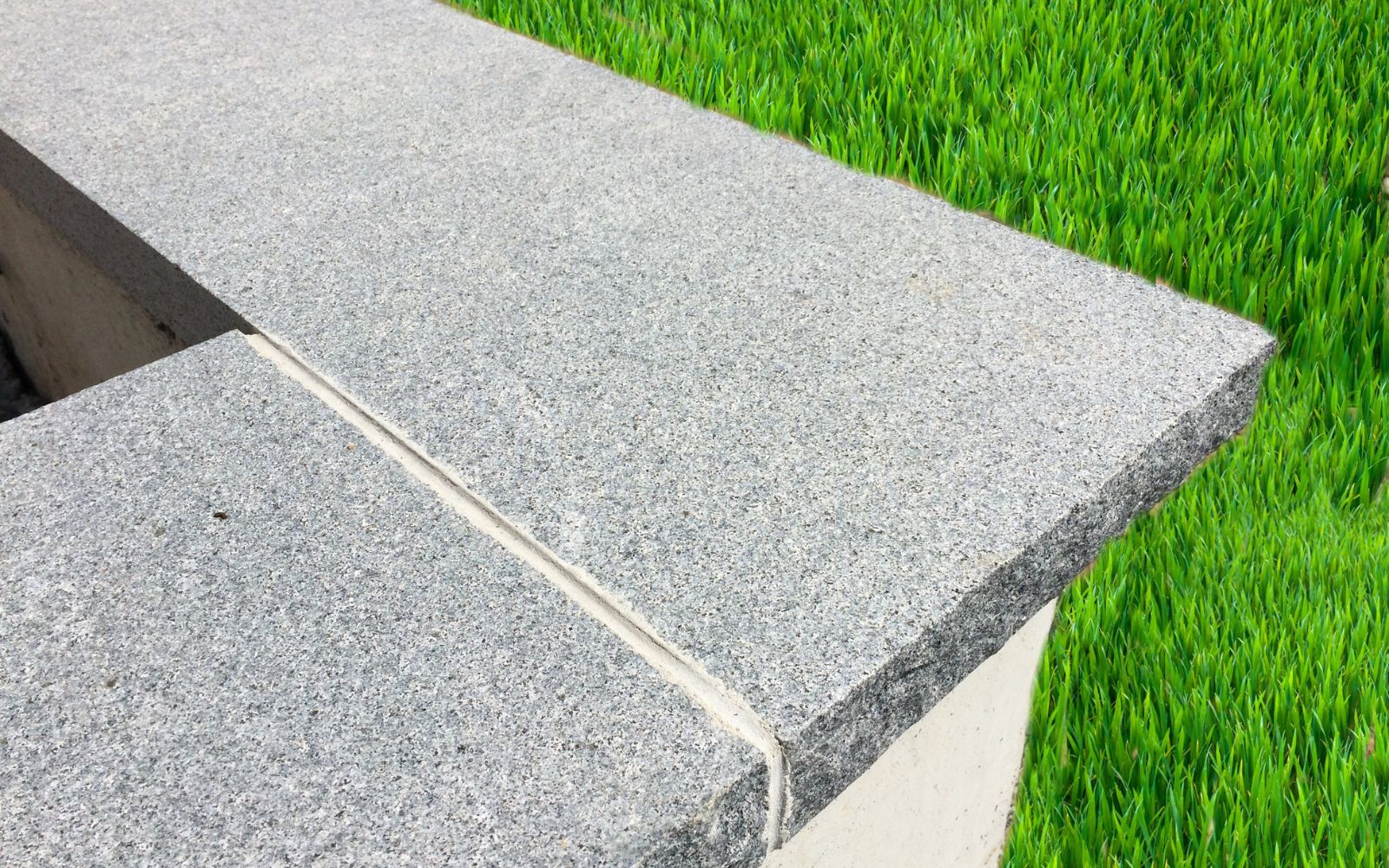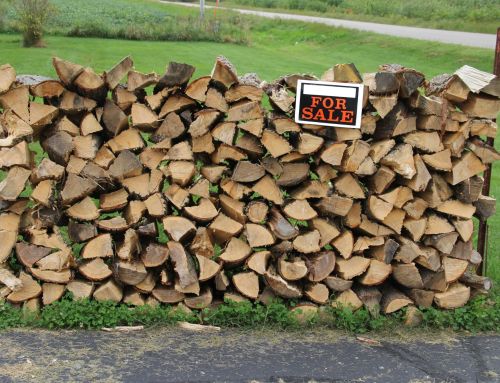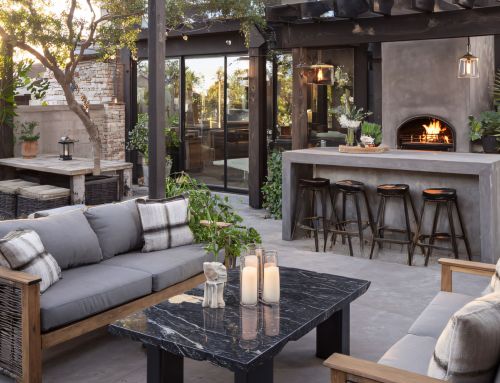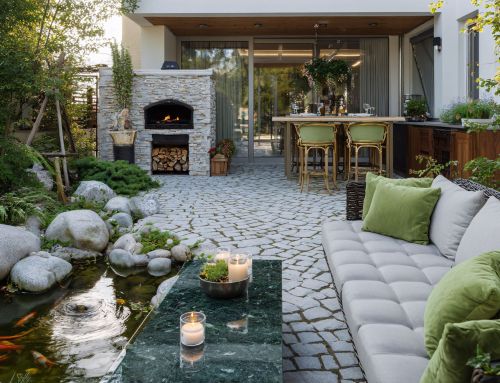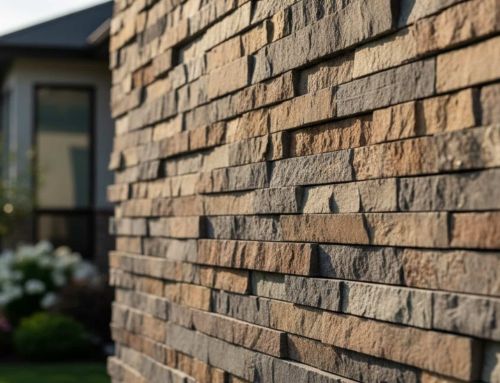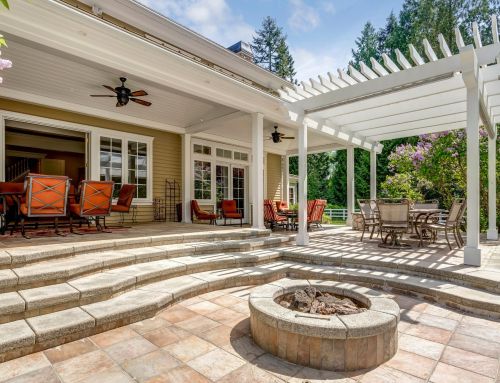When it comes to designing and maintaining a stone wall, whether it’s for your garden, retaining walls, or patio borders, many homeowners often focus on the structure itself and forget one critical component: natural stone products like stone caps for walls. These caps are not just decorative finishing touches; they play a pivotal role in enhancing the wall’s longevity and aesthetic appeal. Stone capping for walls is an essential part of masonry that helps protect your investment from wear and tear caused by the elements, such as rain, snow, and freezing temperatures. By providing a barrier against water penetration, stone caps prevent the interior of the wall from becoming damaged, thus extending the lifespan of the structure.
In this comprehensive guide, we’ll cover everything you need to know about the selection of stone caps for walls, from their importance and types to installation tips and maintenance advice. Whether you’re planning a new project or upgrading an existing one, understanding stone caps will ensure your walls remain beautiful, durable, and functional for years to come. From selecting the right material to applying the final touches, proper capping can make all the difference in the effectiveness and aesthetics of your outdoor space.
What Are Stone Caps for Walls?
Stone caps for walls are flat stones used to cover the top of a stone wall or column. They act as a protective layer, ensuring that the exposed edges of the wall are safeguarded from weathering elements such as rain, snow, and moisture. Without stone caps, the top of your wall would be exposed, allowing water to seep into the structure, which could lead to erosion and damage over time. Stone caps also prevent access to the wall’s interior by debris, pests, or other unwanted elements, further protecting the structure.
Stone caps come in various materials, shapes, and sizes to match the design and colors of your wall. Whether you’re opting for a rustic or modern style, you can find a stone cap that complements your overall aesthetic. The role of stone caps isn’t just functional but also aesthetic, adding that final polished touch that elevates the look of your wall.
Why Are Stone Wall Caps Important?
Stone caps for walls serve both functional and aesthetic purposes, offering several key benefits. One of the main reasons for using stone wall caps is to protect the internal structure of the wall from weather-related damage. Water is the number one enemy of stone walls. Without a protective cap, water can seep through the top of the wall, leading to moisture penetration, which weakens the wall and causes costly repairs in the future. Caps help water drain off the surface, keeping the interior of the wall dry and intact.
In addition to their protective function, stone caps also offer durability, extending the lifespan of your stone wall by shielding it from harsh weather elements like rain, snow, and freezing temperatures. This is especially crucial for outdoor walls that are exposed to a lot of elements year-round. Beyond protection, stone caps also provide aesthetic appeal. With a wide selection of designs, colors, and finishes, stone caps can elevate the look of your wall, adding a polished, finished look to your outdoor space. Finally, they are relatively easy to maintain, offering a smooth surface that can be cleaned with minimal effort, ensuring your wall retains its appeal without requiring constant upkeep.
Types of Stone Wall Caps
When it comes to stone wall caps, there are a variety of styles to choose from. The right choice depends on your wall’s design and the look you wish to achieve. Before proceeding, check here for some common types of stone caps:
Chiseled Wall Caps
Chiseled stone caps provide a rugged, textured finish, often featuring a rock face on both sides to enhance their rustic and authentic appearance. They are perfect for a more rustic or natural appearance and work well with traditional or country-style homes. Their rough edges give a more natural look, making them ideal for outdoor spaces that blend with the natural environment.
Flat Wall Caps
For a sleek and modern appearance, flat wall caps are an excellent choice. These caps have a smooth surface with crisp, clean lines, which can complement contemporary designs. Flat wall caps are often used in modern gardens, patios, or fire pits for a minimalist, polished look.
Natural Edge Wall Caps
Natural edge caps are often left in their natural state, showcasing the raw, unfinished beauty of the stone. These caps are perfect for creating a more organic look and can be ideal for homes with a rustic or natural stone aesthetic.
Beveled or Rounded Wall Caps
For a softer and more fluid look, beveled or rounded wall caps are an excellent option. These caps feature rounded edges, making them ideal for curved walls or columns. They offer a gentle finish that can add a soft feel and elegance to any space.
Specialty Wall Caps
Some suppliers offer custom-designed wall caps or unique finishes such as antique, weathered, or polished stone caps. These specialty caps can create a one-of-a-kind look for your walls, ensuring your design stands out from the rest.
How to Choose the Right Stone Wall Cap
When selecting stone caps for your walls, consider how the stone caps will work with several important factors. First, ensure that the stone caps you choose match the material of your wall, whether it’s brick, natural stone, or concrete, to guarantee that the caps blend seamlessly with the existing structure. Additionally, think about the design style of your outdoor space; for a modern garden, flat stone caps with a sleek finish would be ideal, while for a more rustic feel, chiseled or natural edge caps would be more suitable.
Furthermore, it’s crucial to consider the weather resistance of the stone caps, as outdoor walls require materials that are durable and able to withstand the elements. Stones like granite, for example, offer superior durability. Lastly, functionality should also be a priority; make sure the stone caps provide proper drainage to direct water off the top of the wall and prevent moisture buildup.
Stone Wall Cap Installation Process
Installing stone caps is generally a straightforward process, but it requires precision to ensure they are placed correctly for optimal drainage and longevity. First, before installing the caps, ensure the top of the wall is clean and level, with the stone veneer fully set and dry. Next, measure the length and width of the wall to determine how much stone cap material you’ll need, ensuring the caps have a slight overhang on both sides to help with water runoff. Then, apply a thin layer of mortar to the top of the wall to help bond the caps securely. After that, carefully place the stone caps on top of the wall, ensuring they are aligned and level, pressing down gently to secure them in place. Finally, make sure there is at least a one-inch overhang on each side for proper water drainage in order to prevent moisture buildup, and once the caps are in place, clean off any excess mortar and allow the installation to set.
Maintenance Tips for Stone Wall Caps
To ensure that your stone caps last for many years, follow these simple maintenance tips. First, keep your stone caps clean by removing debris, dirt, and leaves; a simple pressure wash will help keep them looking fresh. Additionally, check for cracks or damage: over time, stone caps can develop cracks or chips. Inspect them regularly and repair or replace damaged caps promptly. Furthermore, consider sealing your stone caps to protect them from stains, water damage, and weathering, especially for outdoor walls exposed to the elements.
Conclusion
Stone caps for walls are essential for both protecting and beautifying your stone structures. Whether you’re installing them on a retaining wall, garden wall, or patio border, choosing the right wall caps for your construction project and ensuring proper installation will enhance the durability and appearance of your project. These caps provide the protection your walls need while adding a polished finish to your outdoor space.
Transform your stone walls with the perfect combination of protection and style from Old Station Outdoor & Landscape Supply. Our knowledgeable team is here to help you select the ideal stone caps for your project and provide expert advice on installation and maintenance. Contact us today to explore our extensive selection and let us assist you in bringing your outdoor space to life!
FAQs
What is the stone on top of a wall called?
The stone on top of a wall is typically called a stone cap. It serves as a protective covering to prevent natural stone from absorbing water into the wall. Stone caps help maintain the wall’s structural integrity and aesthetic appeal.
What is a stone cap?
A stone cap is a flat or slightly sloped stone placed on top of a wall to protect it from the elements. It helps prevent water damage by allowing water to drain off. Stone caps also enhance the wall’s appearance with a polished finish.
How thick are stone wall caps?
The thickness of stone wall caps typically ranges from 1.5 to 3 inches. The exact thickness depends on the type of stone and the purpose of the wall. Thicker caps offer more durability and better protection.
How to cap a natural stone wall?
To cap a natural stone wall, first ensure the top of the wall is level and clean. Then, apply mortar or adhesive to the top and place the stone caps, ensuring they align properly. Finally, press them down gently and clean off any excess mortar for a finished look.

